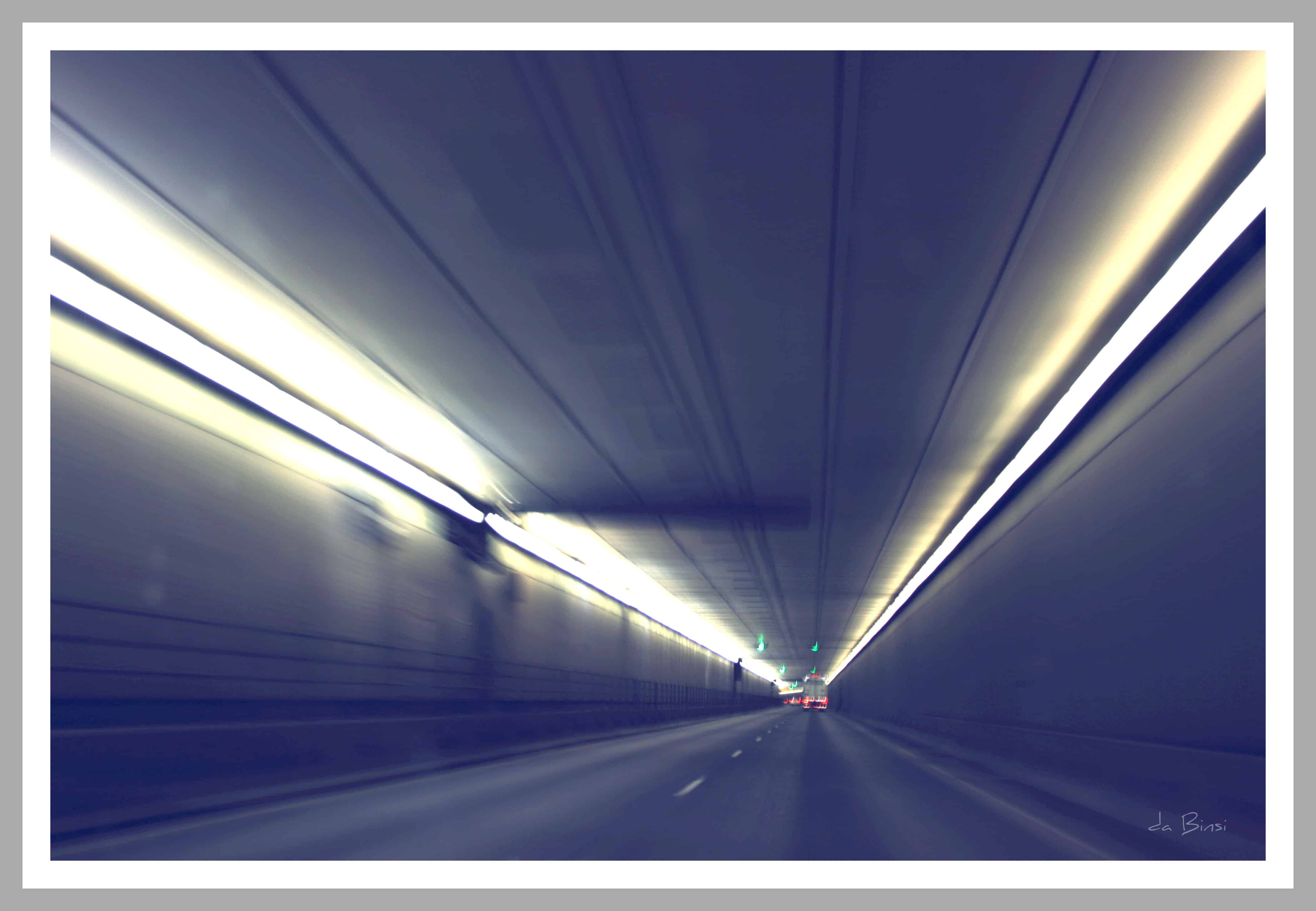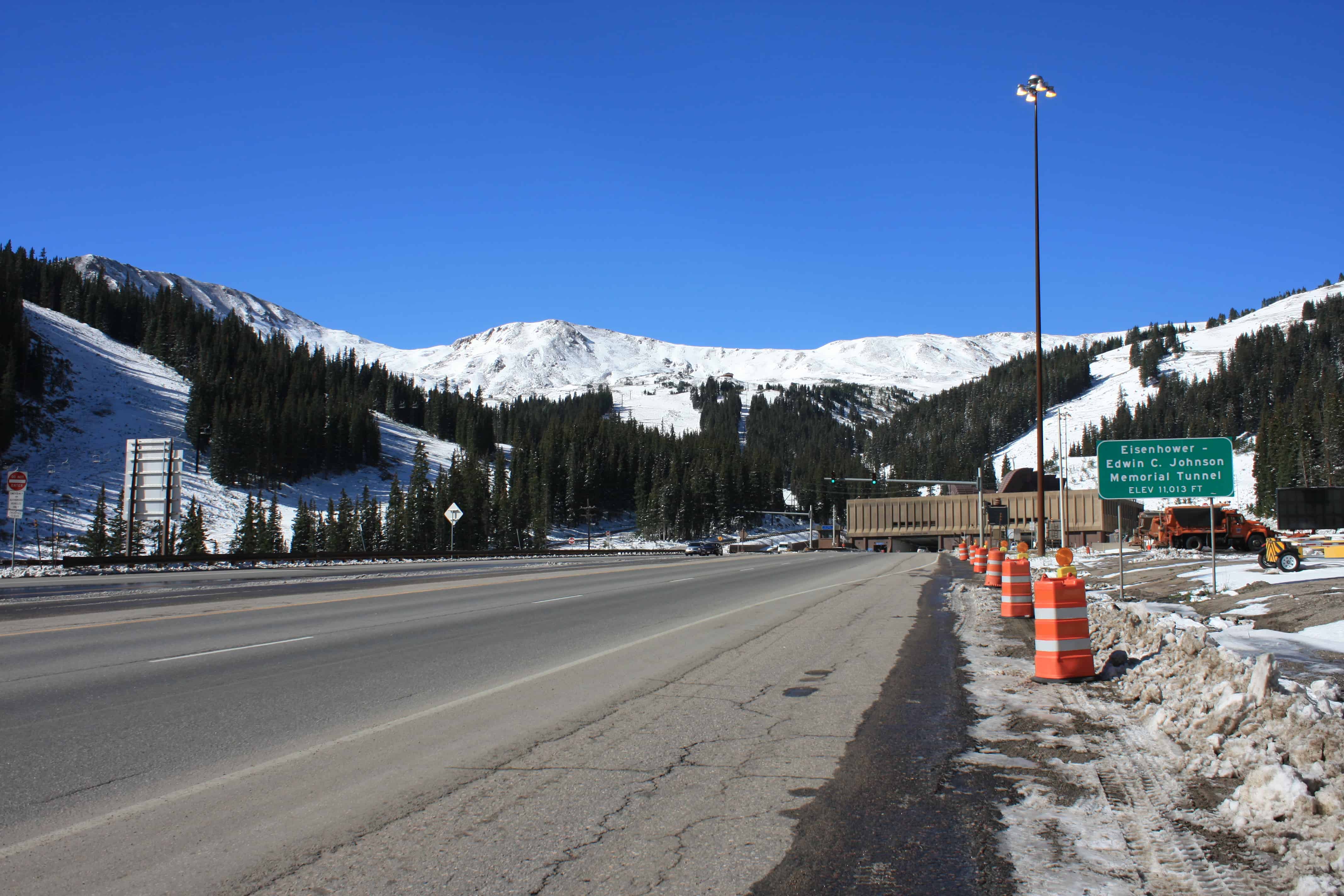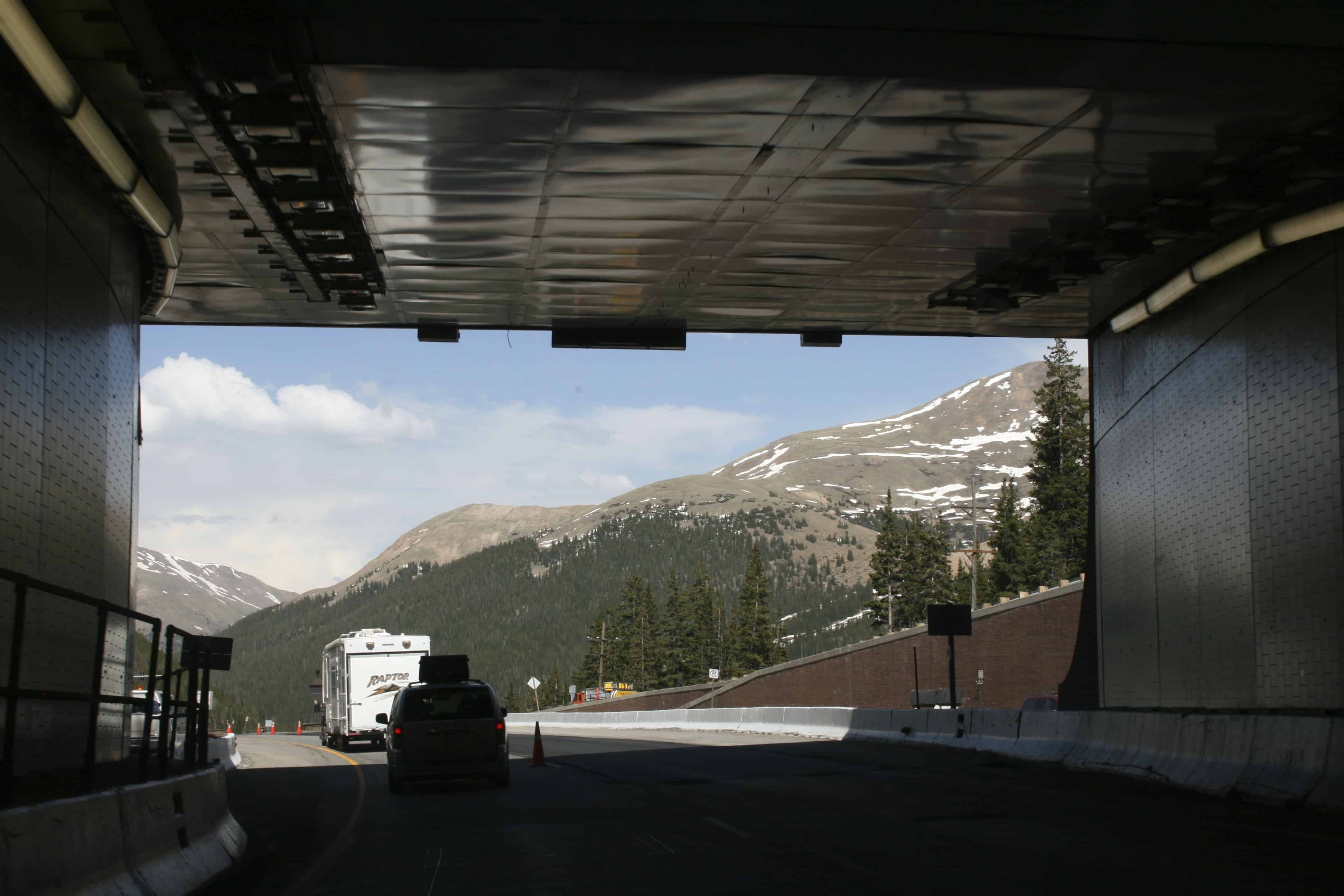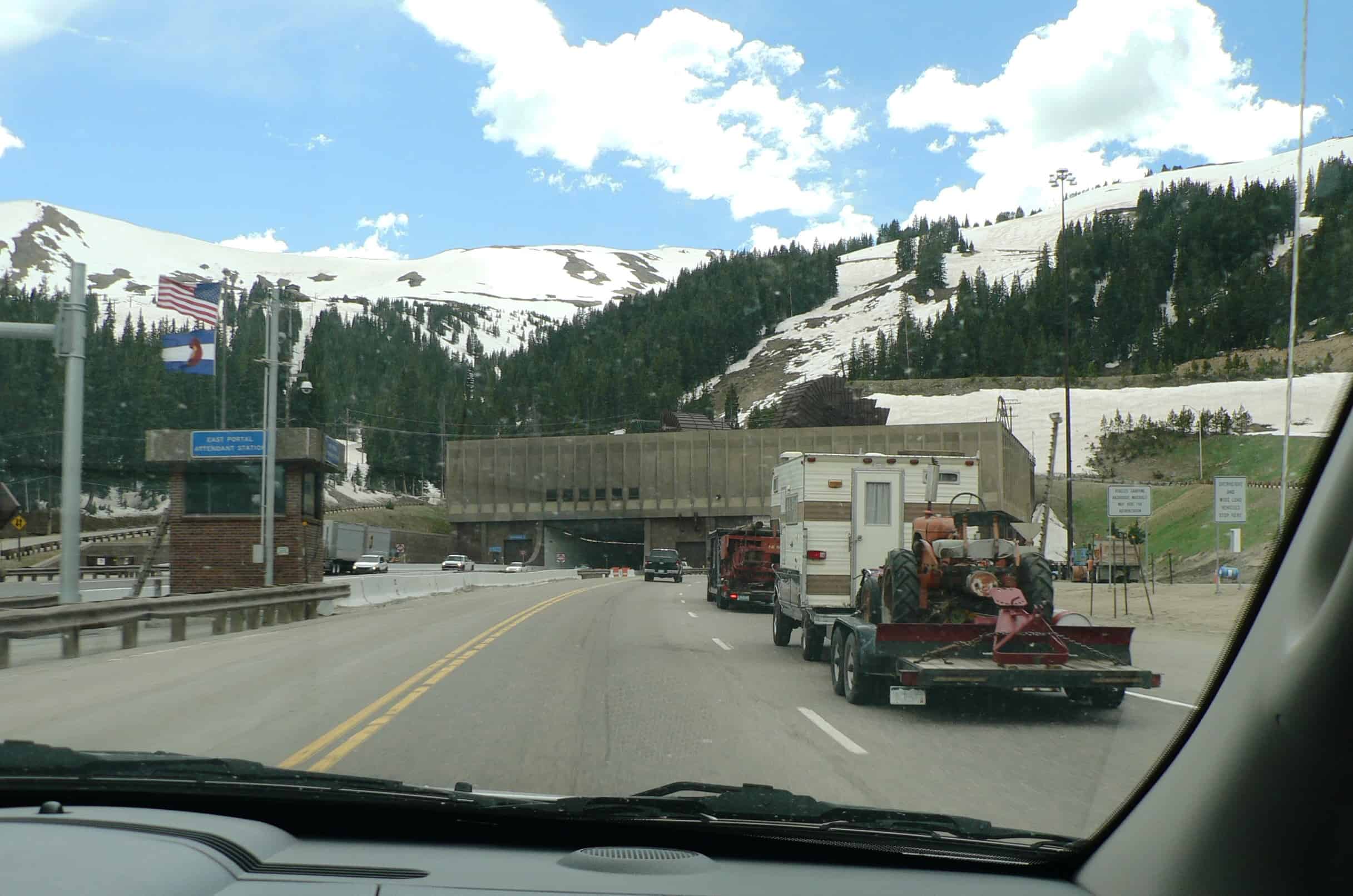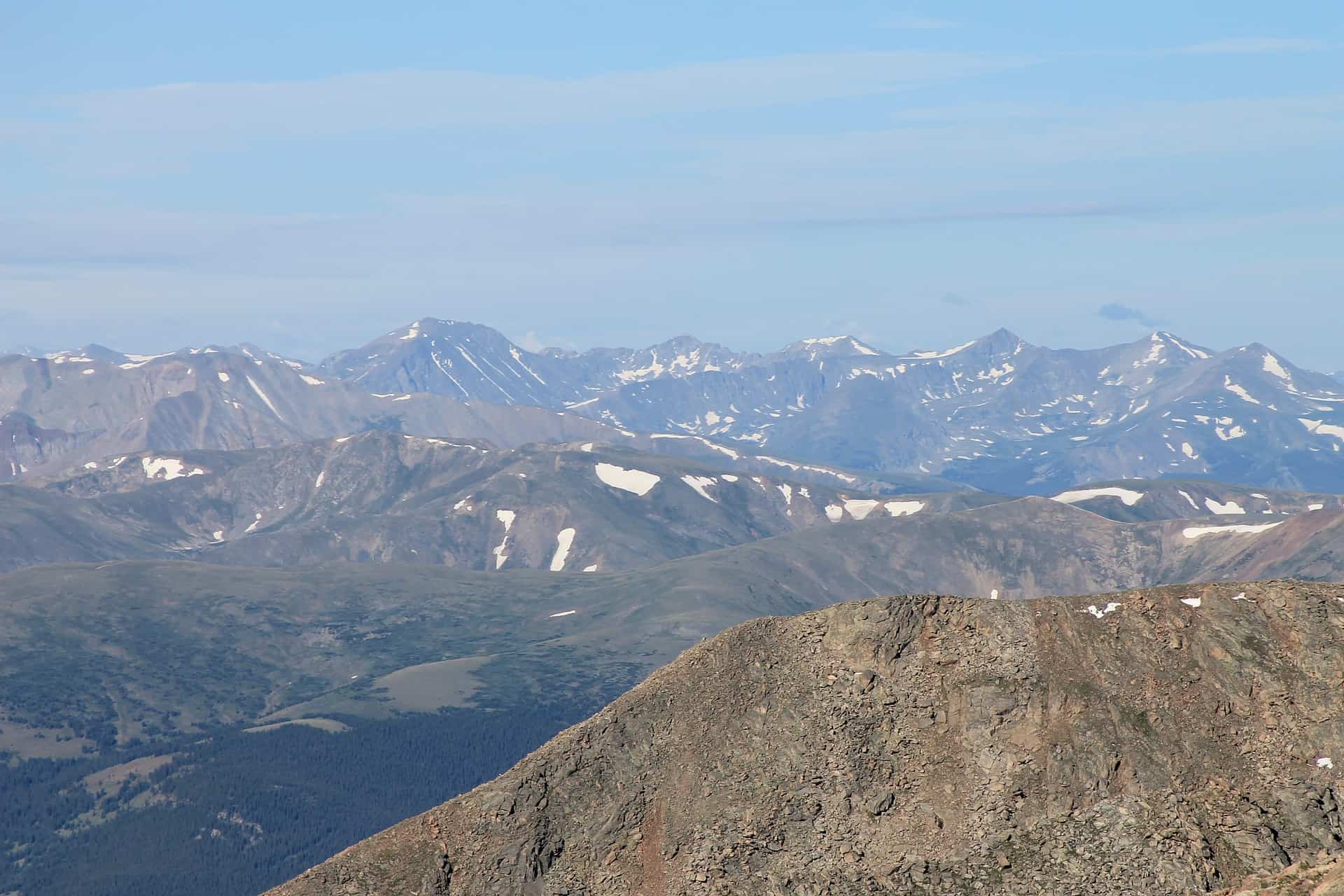The Eisenhower Tunnel, located on Interstate 70 about an hour west of Denver, Colorado, represents an engineering marvel and a crucial component of interstate travel in Colorado. Carved through the solid granite of Loveland Pass, this tunnel spans 1.7 miles, making it the longest mountain tunnel in North America. It represents a vital link along Interstate 70, facilitating year-round transportation. This allows travelers to traverse the Continental Divide and experience Colorado’s mountain towns and resorts, including Breckenridge, Vail, Keystone, and more.
We drive through this unbelievable tunnel every time we travel to and from the mountains, but how much do we know about what it took to build this iconic feature on Colorado’s most famous highway? We often take for granted the ingenuity and construction that allows us to discover new areas, especially when leads to what seems like a permanent feature in Colorado’s roadmap. Check out these 40 fun facts about the Eisenhower Tunnel. Be sure to check I-70 road conditions to stay up to date on tunnel information, including weather and potential closures.
Eisenhower Tunnel History
- (1) The tunnel was built on March 8, 1973
- (2) Construction began on March 15, 1968 and took 5 years to complete, finishing in March of 1973
- (3) Eisenhower tunnel named after President Dwight D. Eisenhower
- (4) The Eisenhower tunnel was originally called the Straight Creek tunnel due to its location on the east side of the Straight Creek Watershed
- (5) Three people died while building the Eisenhower tunnel
- (6) Edwin Johnson, Colorado’s governor, said the tunnel would start the biggest boom in mountain towns since the Gold Rush
- (7) Janet Bonnema applied to work in the tunnel but was initially not allowed because of her gender. After filing a sexual discrimination lawsuit, she was eventually allowed to work in the tunnel, leading to a turning point for women’s rights in the industry
Construction of the Eisenhower Tunnel
- (8) The Eisenhower Tunnel was built as two bores with 6 years between each project and originally served both east and westward traffic.
- (9) In today’s dollars, it would cost between 1 and 1.5 billion to build one bore of the tunnel
- (10) Approximately 1 million cubic yards of rock and earth were removed from each bore
- (11) 190,000 cubic yards of concrete were used in construction
- (12) It cost about $116.9 million to build the westbound bore and $144.9 million to build the eastbound bore
- (13) Up to 1,140 people were employed to create the tunnels
- (14) Crews worked three separate shifts, 24 hours a day on 6-day shifts
- (15) There is up to 1,496 feet of rock and earth above the tunnels
- (16) The tunnel is lined with hanging porcelain tiles, leading to it be called the country’s longest bathroom
- (17) There are three cross tunnels that allow for foot traffic in between each tunnel
- (18) Tunnels allow for two 13-foot lanes; 26 feet total
- (19) Tunnels have a height of 13’11”
Eisenhower Tunnel Location
- (20) The tunnel is located roughly 60 miles from Denver
- (21) The location and geology proved most difficult in the tunnel’s engineering and construction
- (22) The Eisenhower tunnel is the highest vehicle tunnel in the world
- (23) It sits at an elevation of 11,155 feet
- (24) The tunnel system lies entirely within the Arapahoe National Forest
- (25) The tunnel traverses through the Continental Divide at an average elevation of 11,112 feet
Travel through the Tunnel
- (26) Over Loveland Pass and over Berthoud Pass were originally the only routes between Denver and the mountains
- (26) The tunnel system shaves about 10 miles off of the trip to Denver, compared to Loveland Pass
- (28) It costs about $70,000 per month to power the tunnel
- (29) The tunnel is open 24 hours a day, 7 days a week.
- (30) The Eisenhower tunnel employs more than 30 full time staff
- (31) In 2018 the average daily number of cars passing through the tunnel was about 37,000 cars.
- (32) By 2023, more than 434 million vehicles have driven through the tunnel
- (33) The tunnel crosses the borders of Summit and Clear Creek counties
- (34) Traffic is monitored 24 hours a day, 365 days a year
- (35) Traffic rarely stops, but when it does, it is usually due to inclement weather, accidents or metering
- (36) Weekends and holidays have the highest traffic volume
- (37) Hazardous Material vehicles are not allowed through the tunnel unless Loveland pass is closed
- (38) The tunnel has its own war room, where staff monitor toxic gases from car exhaust, like carbon monoxide
- (39) An overhead fire suppression system works to prevent fires in the tunnel
- (40) Not a single death has occurred in the Eisenhower tunnel post-construction
Not only has the Eisenhower Tunnel made travel between the Denver metropolitan area and the world class mountain towns throughout the Rocky Mountains. When you ride with a Peak 1 Express airport shuttle between Denver Airport and Summit County or Vail Valley. you have the opportunity to experience this engineering marvel first-hand. Book your transportation to the Rocky Mountains today!


